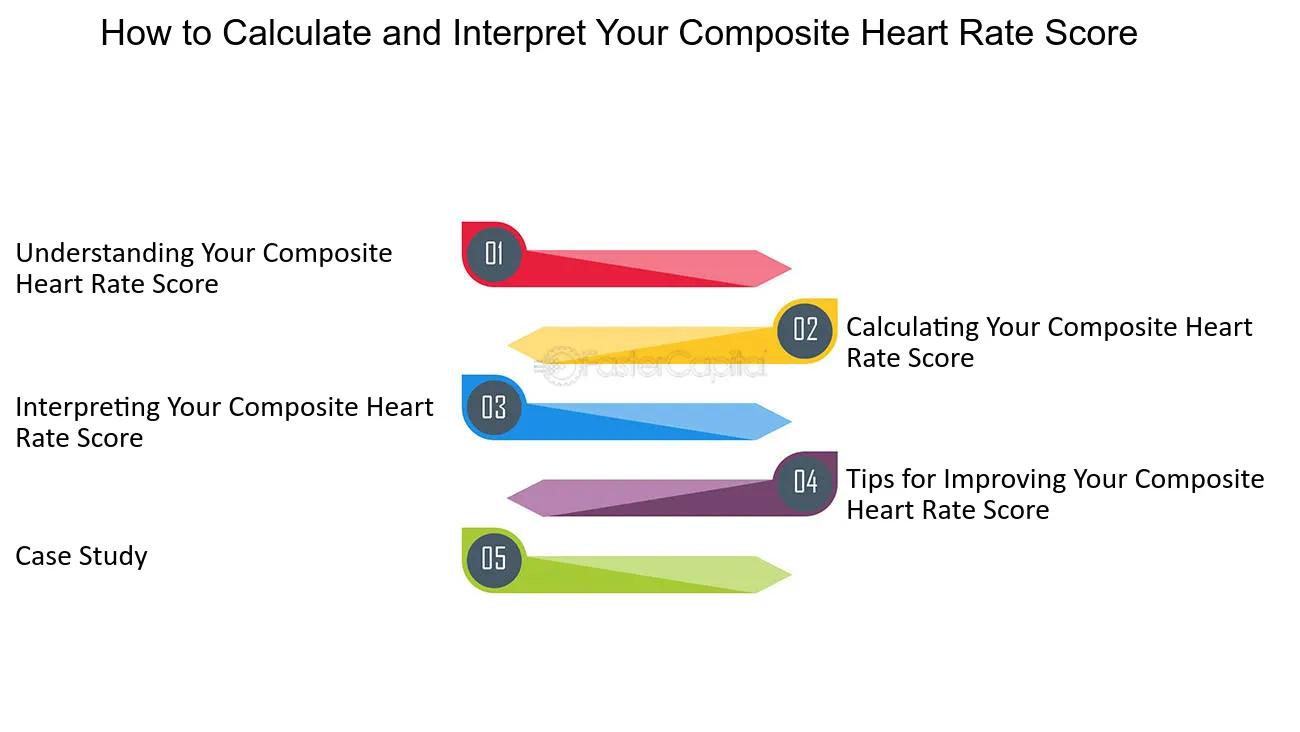When it comes to monitoring our health and fitness, we’re living in an age of unprecedented data collection. From step counts and heart rate to sleep patterns and calorie consumption, fitness trackers and health apps are constantly gathering valuable information about our bodies. But with so much data at our fingertips, it’s easy to feel overwhelmed and unsure of how to interpret it all.
This blog post aims to demystify the world of fitness metrics, providing you with the knowledge and tools to make sense of the data you’re collecting. We’ll cover a wide range of topics, from understanding the basics of fitness tracking to delving into advanced metrics used by athletes and health professionals.
- Getting Started with Fitness Metrics
Before we can dive into the more complex aspects of fitness data analysis, let’s start with the basics. If you’re new to fitness tracking, this section will provide you with a solid foundation. We’ll explore the significance of metrics like step counts, distance traveled, and heart rate monitoring. You’ll learn how these metrics can help you set and achieve your fitness goals. - The Role of Sleep and Recovery Metrics
Sleep is a critical component of your overall health and fitness. Many fitness trackers now include sleep monitoring features, which can provide insights into the duration and quality of your sleep. We’ll discuss the importance of sleep metrics, how to interpret them, and how to make improvements in your sleep patterns. - Understanding Heart Rate and Cardiovascular Metrics
Heart rate monitoring is a powerful tool for gauging your fitness levels and tracking your progress. We’ll explain what resting heart rate, maximum heart rate, and heart rate variability mean and how you can use this information to optimize your workouts and overall health. - Analyzing Caloric Intake and Expenditure
Whether you’re trying to lose weight or gain muscle, understanding your calorie balance is essential. We’ll delve into how fitness trackers estimate your caloric intake and expenditure and discuss the accuracy of these metrics. You’ll also discover how to use this information to create a personalized nutrition plan. - Advanced Fitness Metrics for Athletes
For those who are serious about their fitness journey, there are more advanced metrics available. We’ll explore metrics like VO2 max, lactate threshold, and training load. These metrics are often used by athletes and fitness enthusiasts to fine-tune their training programs and improve performance. - Setting and Tracking Fitness Goals
Now that you’ve gained a solid understanding of various fitness metrics, it’s time to set and track your fitness goals. We’ll discuss how to establish realistic objectives, monitor your progress, and make necessary adjustments along the way. Goal setting is a crucial part of any fitness journey, and the data you’ve collected will be your guide. - Common Challenges and Pitfalls
No journey is without its challenges, and interpreting fitness metrics is no exception. In this section, we’ll address common issues and misconceptions that people face when analyzing their data. We’ll also provide tips on troubleshooting problems and ensuring that your metrics are as accurate as possible. - The Future of Fitness Data Analysis
As technology continues to advance, the world of fitness metrics is evolving. We’ll explore what the future holds for fitness tracking and data analysis. From wearable technology innovations to the integration of artificial intelligence, the possibilities are endless. - Conclusion
In conclusion, fitness metrics can be powerful tools for improving your health and achieving your fitness goals. By understanding and interpreting the data your fitness tracker collects, you can make informed decisions about your lifestyle, exercise, and nutrition. Whether you’re taking your first steps in the world of fitness tracking or you’re a seasoned athlete, this knowledge will empower you to take control of your health and well-being.
So, whether you’re striving for a new personal best in your next marathon, working to shed a few pounds, or simply looking to maintain a healthier lifestyle, interpreting your fitness metrics is the key to your success. With the information and insights provided in this blog post, you’ll be well-equipped to embark on your fitness journey with confidence and purpose.
We hope you found this guide to interpreting fitness metrics helpful. Remember, your fitness tracker is more than just a piece of technology – it’s a valuable tool that can empower you to take control of your health and well-being. Start analyzing your data today and embark on a journey to a healthier, more active you.




